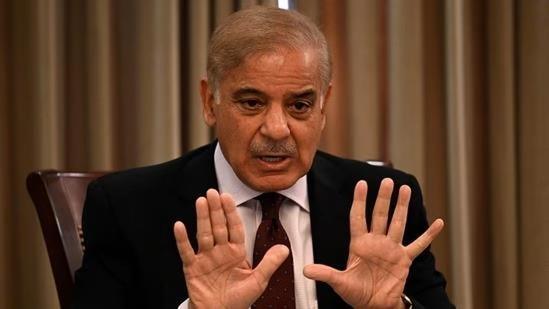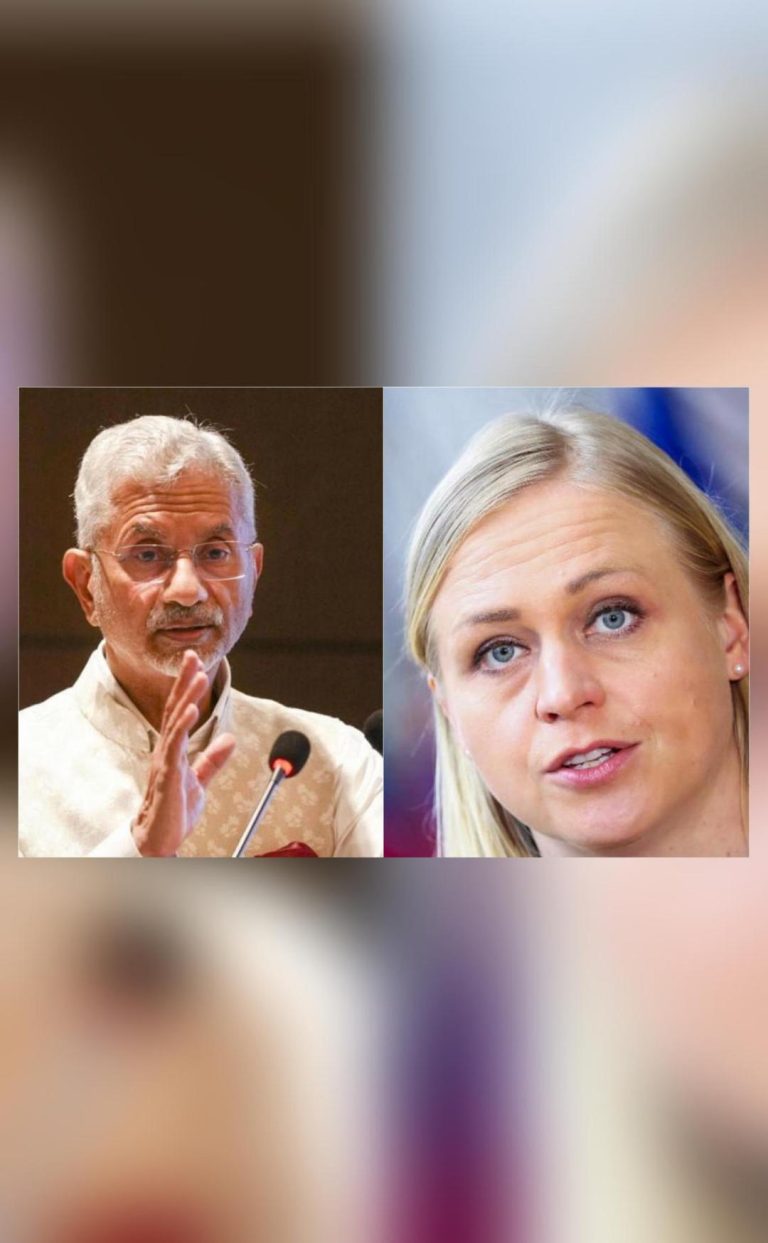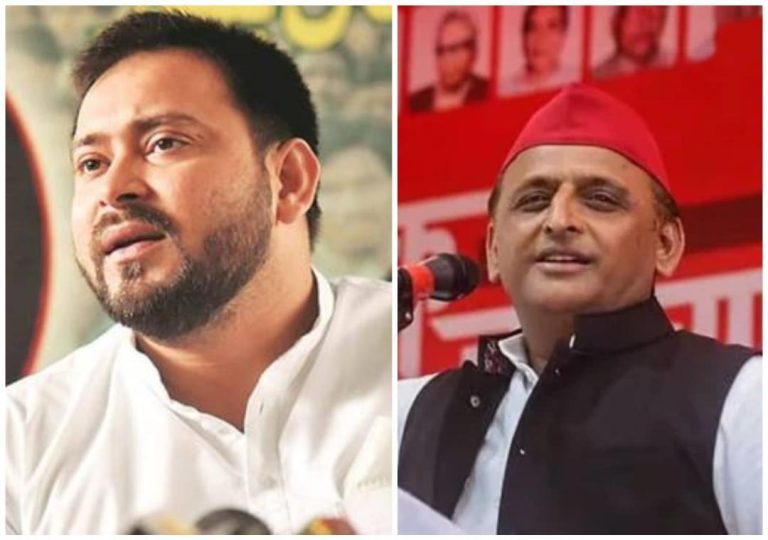
We Have Every Right to Give a Strong Response to this War Imposed by India
The recent escalation of tensions between India and Pakistan has sent shockwaves around the world. In response to the Pahalgam terror attack, India launched Operation Sindoor, targeting nine terror camps in Pakistan and Pakistan-occupied Kashmir. The move has been widely condemned by Pakistan, with Prime Minister Shehbaz Sharif urging the country to give a strong response to this “war imposed by India”.
In a tweet, the Prime Minister wrote, “We’ve every right to give strong response to this war imposed by India. The people and armed forces of Pakistan know well how to deal with the enemy.” The statement has been met with widespread support from the Pakistani public, who are calling for a robust response to India’s aggression.
But what exactly does this mean? What is the context behind the escalating tensions between these two nuclear-armed neighbors? And what are the implications for the region and the world at large?
To understand the situation, it is necessary to go back in time. The roots of the conflict between India and Pakistan can be traced back to the partition of British India in 1947, when the subcontinent was divided into two separate countries along religious lines. The partition led to widespread violence and displacement, with millions of people forced to leave their homes and seek refuge in either India or Pakistan.
Since then, the relationship between India and Pakistan has been marked by periods of tension and conflict. The two countries have fought three wars over the disputed region of Kashmir, which is claimed by both India and Pakistan. The most recent conflict occurred in 1999, when India launched Operation Vijay to capture the strategic Kargil region in Kashmir.
In recent years, the situation has become increasingly volatile. The Indian government, led by Prime Minister Narendra Modi, has taken a hardline stance on Pakistan, accusing it of supporting terrorist groups operating in the region. Pakistan, on the other hand, has denied any involvement in terrorism and has accused India of human rights abuses in Kashmir.
The latest outbreak of violence began on October 8, when a suicide bomber attacked a bus carrying Indian paramilitary forces in the Pahalgam area of Kashmir. The attack killed at least 44 people and injured many more. India blamed Pakistan-based militant group Jaish-e-Mohammed for the attack, and launched Operation Sindoor in response.
Pakistan has strongly denied any involvement in the attack and has accused India of using the incident as a pretext to escalate tensions. The country has also condemned the Indian operation, calling it a “blatant violation of international law”.
So, what is the way forward? In his tweet, Prime Minister Shehbaz Sharif made it clear that Pakistan will not back down in the face of Indian aggression. The country has a long history of resisting Indian occupation and will continue to do so.
But beyond the rhetoric, what can be done to de-escalate the situation? The first step is for the two countries to engage in dialogue. The Indian and Pakistani governments have shown a willingness to talk in the past, and it is essential that they continue to do so.
The international community also has a role to play. The United Nations has called for restraint from both sides and has urged them to engage in diplomatic efforts to resolve their differences. The United States, in particular, has a significant stake in the region and must use its influence to encourage dialogue and diplomacy.
Finally, it is essential that both countries recognize the human cost of the conflict. The people of Kashmir, in particular, have suffered greatly as a result of the violence and should not be caught in the crossfire.
In conclusion, the situation between India and Pakistan is complex and deeply rooted. But it is essential that the two countries engage in dialogue and diplomacy to resolve their differences. The international community has a role to play in encouraging this process, and the people of Kashmir must be protected from the violence.
Source:






